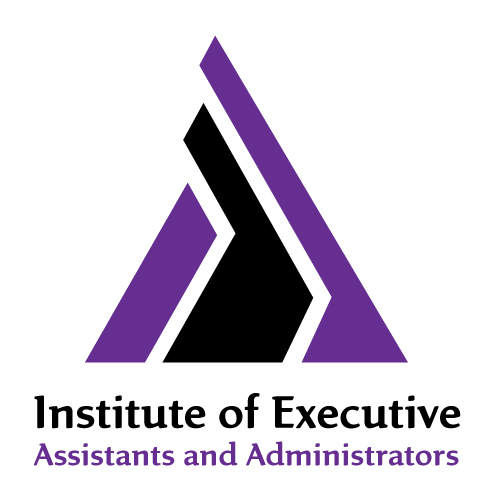Executive Assistants, PAs and other administrators must understand how to take Minutes at a meeting effectively. Many managers and executives will attend and host significant meetings for your organisation. To ensure that agreements are documented, actions are circulated, and good record keeping, we will often require Minutes to be taken at a meeting.
Why is it essential to be able to take minutes at meetings?
In particular, Executive Assistants will likely have to do the Minute Taking at meetings. It is an expectation that all Executive Assistants can take minutes, but in reality, not all Executive Assistants have Minute Taking experience. Given that meetings that require minute-taking are usually essential and attended by the highest-level managers in your organisation, you must master the skill. If you do the minutes well, some managers will notice. However, if you do the minutes poorly, all of them will remember that you made this mistake.
What are the Meeting Minutes?
Meeting minutes relate to the record of what was decided upon, discussed and agreed upon in meetings. They enable organisations to keep track of their progress and hold meeting attendees accountable by adding action points. Minutes could be required for various meetings, but they are normally for important meetings.
Board meetings are the most important ones you will likely have in your organisation. They occur at private companies, public companies, charities, public sectors and NGOs. These are the most important meetings and will often need a set way of recording the minutes. This could be decided by laws, regulators and your company’s policies.
How to take Minutes at a Meeting?
Minute Taking is a skill that is often developed with practice and growing confidence. To learn how to take minutes for the first time, please see the IEAA Minute Taking Course. This will provide the skills and techniques needed to take minutes for the first time or to improve your minute-taking skills if you lack confidence.
Preparation for the Meeting
It would be best if you learned how to prepare for the minute. This means researching who is attending and the topic that is being discussed. Be clear of all the terminologies and consider if you understand the big themes. Ideally, read previous minutes of this meeting, if there are any, to gain more awareness of the topics. Finally, it would be best if you also spoke to the meeting chair. This is vital for building rapport to work together in the meeting.
During the Meeting
In the meeting, you should aim to focus only on the key points of what was agreed upon, what has been chosen or what needs to be done in the future. Some organisations have a policy of no discussion leading into the key points, but others will require that you record key dialogues to give context. This is a cultural preference of an organisation. However, the trend is to keep minutes as concise as possible and only focus on the next steps.
If you are unsure if your note-taking is good, you self-assess if you are writing too much. There is a possibility that you could write down too much, and this could lead to you not picking up the key points.
After the Meeting
You must write up the action points as soon as possible. This will ensure that meeting attendees can get on with the action points as soon as possible. Additionally, writing when it is fresh in your mind is better. Make sure you write in a factual and unbiased tone and use the third person past tense.

